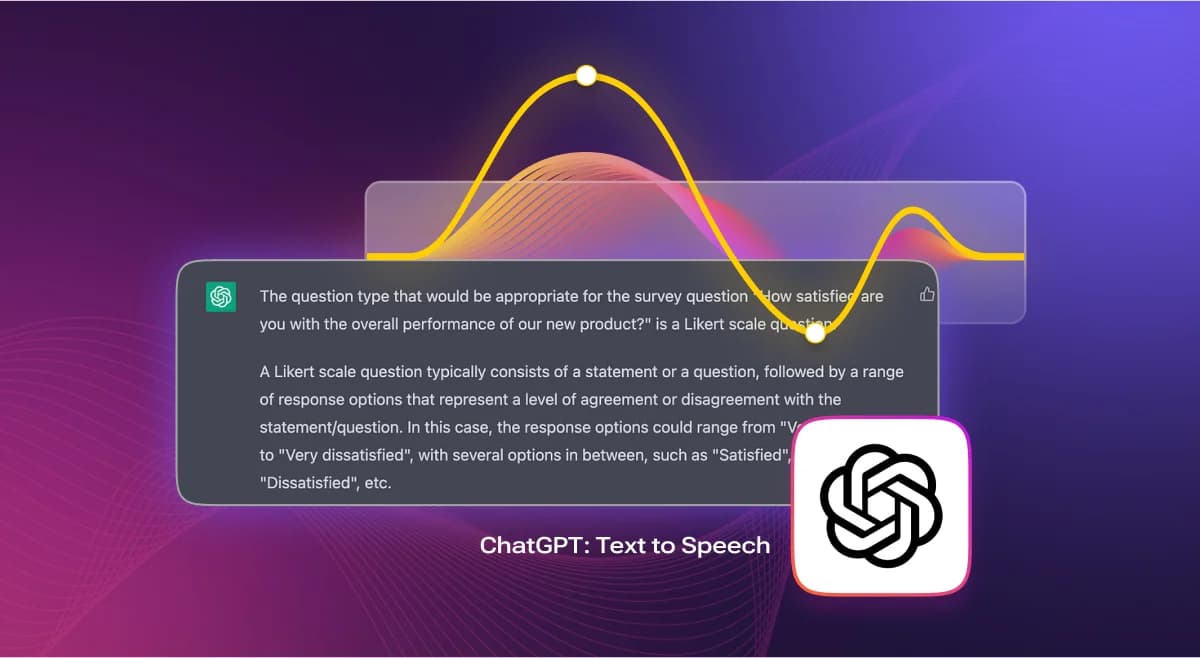Loading News Article...
We're loading the full news article for you. This includes the article content, images, author information, and related articles.
We're loading the full news article for you. This includes the article content, images, author information, and related articles.
OpenAI's latest update allows users globally, including in Kenya, to interact with ChatGPT using voice and text in the same interface, a move set to make AI conversations more intuitive and accessible.

NAIROBI, KENYA - In a significant update announced on Tuesday, November 25, 2025, OpenAI has integrated its Voice Mode directly into the main ChatGPT interface, eliminating the need for users to switch to a separate screen for voice interactions. This enhancement, rolling out globally to all users on mobile and web platforms, allows for a more seamless and natural conversation flow where users can talk to the AI, see live transcripts, and view visual aids like maps and images simultaneously.
The update, confirmed via a post on the social media platform X, addresses a key drawback of the previous design where voice interactions occurred in an isolated interface. Previously, users could only hear audio responses and had to exit the voice mode to review the text or any visual information, which could disrupt the conversational flow. The new in-line voice mode is now the default setting, designed to make interactions richer and more contextual.
According to OpenAI's release notes from November 25, 2025, the improved interface allows users to follow along with typed answers as they listen, see visual search results in real-time, and refer back to earlier messages without interrupting the voice conversation. Users can also switch between typing and talking within the same chat thread; even if a user types a query while voice mode is active, ChatGPT will respond with voice. To end the voice output, users simply tap an 'End' button.
This move towards a multimodal AI—a system that can fluidly handle speech, text, and images—is seen as a significant step in making advanced conversational AI more accessible and user-friendly. The integration allows for more practical, real-world applications, such as having a hands-free conversation while cooking and referring to a recipe on-screen, or discussing a chart or image presented by the AI. For users who prefer the previous, more immersive audio-only experience, OpenAI has retained the option to switch back to the 'Separate mode' in the app's settings.
While the update is global, its implications for Kenya and the wider East African region are noteworthy. The continent is increasingly adopting AI technologies to solve local challenges in sectors like agriculture, healthcare, and finance. A more intuitive and accessible AI interface could accelerate this adoption. For instance, in Kenya, where mobile penetration is high, a seamless voice and text experience can lower the barrier to entry for individuals with varying levels of digital literacy. Businesses, particularly small and medium-sized enterprises, could leverage the enhanced ChatGPT for more efficient customer service and marketing.
According to a February 2025 study by the International Monetary Fund, Kenya and Rwanda are leading the East African Community in AI readiness, noted for their digital infrastructure and innovation ecosystems. The continuous improvement of widely used AI tools like ChatGPT supports this trajectory. Local developers and activists in Kenya have already demonstrated the utility of large language models for civic engagement, using them to simplify complex information for wider distribution. An easier-to-use voice interface could further empower such initiatives.
However, challenges remain. The development of AI in the region is hampered by infrastructure limitations, a skills gap, and data privacy concerns. Furthermore, the work of Kenyans in training these AI models has not been without controversy, with past reports highlighting issues of psychological trauma and poor working conditions for content moderators in Nairobi. As AI becomes more integrated into daily life, addressing these ethical and infrastructural issues will be crucial for ensuring equitable and sustainable growth.
OpenAI's latest update is part of a broader trend of making AI interactions feel more natural and human-like. As these technologies evolve, their successful integration into the Kenyan and East African landscape will depend on collaborative efforts between governments, the private sector, and civil society to build supportive infrastructure, develop local talent, and establish robust regulatory frameworks.
Keep the conversation in one place—threads here stay linked to the story and in the forums.
Other hot threads
E-sports and Gaming Community in Kenya
Active 6 months ago
Popular Recreational Activities Across Counties
Active 6 months ago
Investing in Youth Sports Development Programs
Active 6 months ago
The Role of Technology in Modern Agriculture (AgriTech)
Active 6 months ago